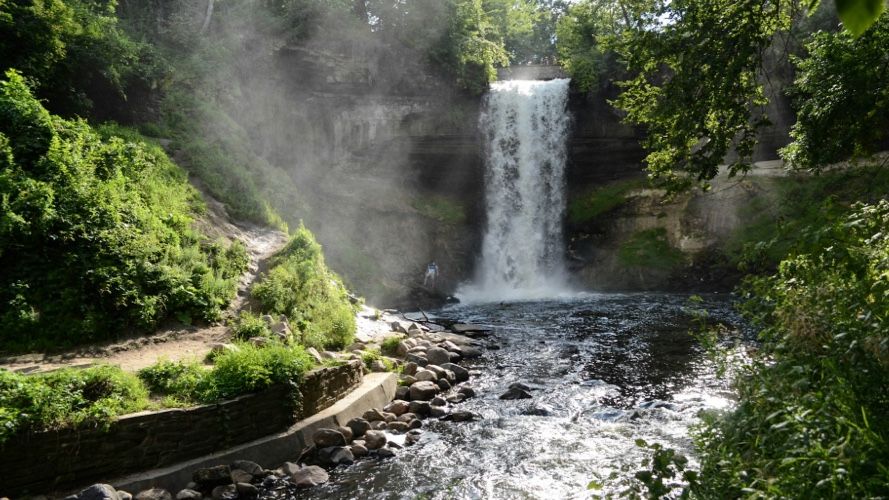What’s the weather like for camps in Minnesota?
Minnesota summers are warm with daytime highs typically in the mid 70s°F to mid 80s°F. Humidity is moderate, and occasional thunderstorms can occur. Evenings cool down, so packing layers is recommended.
